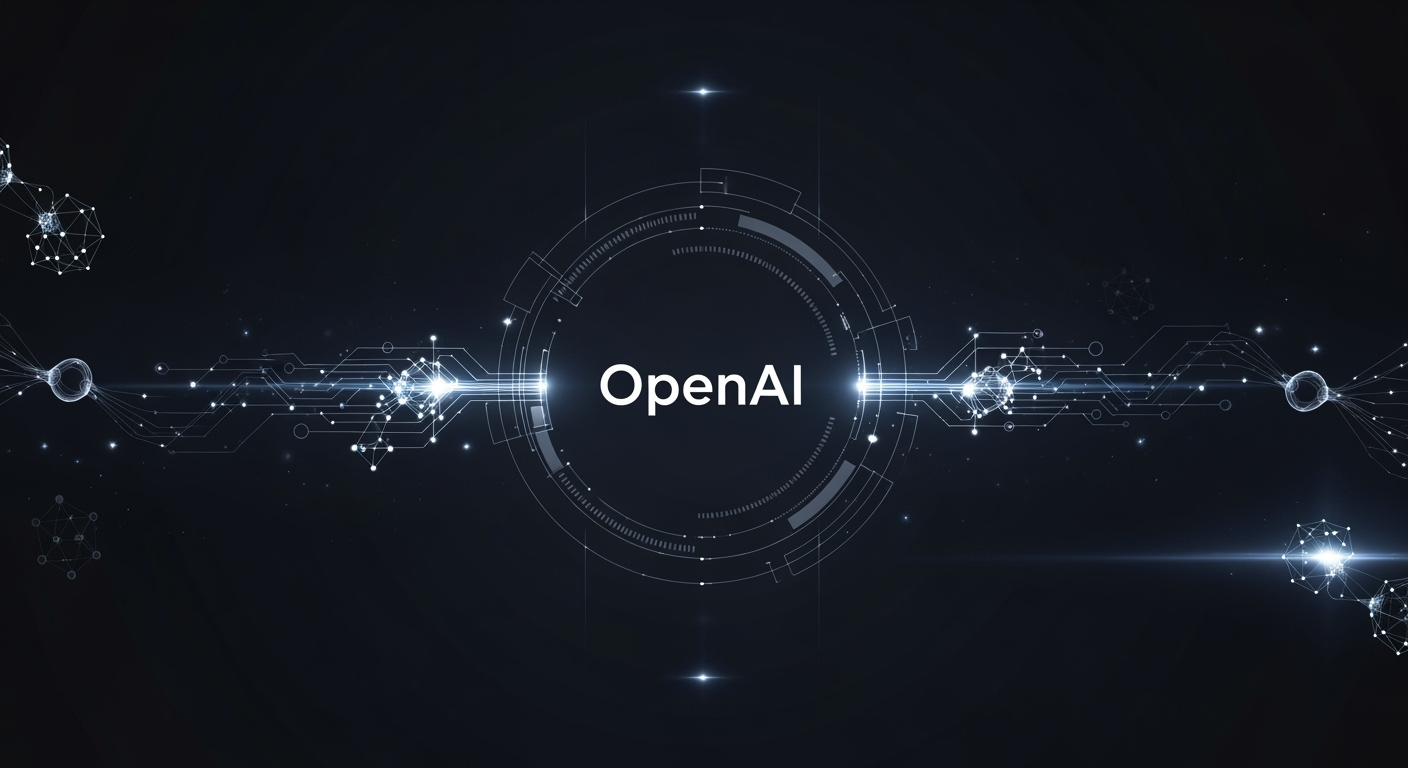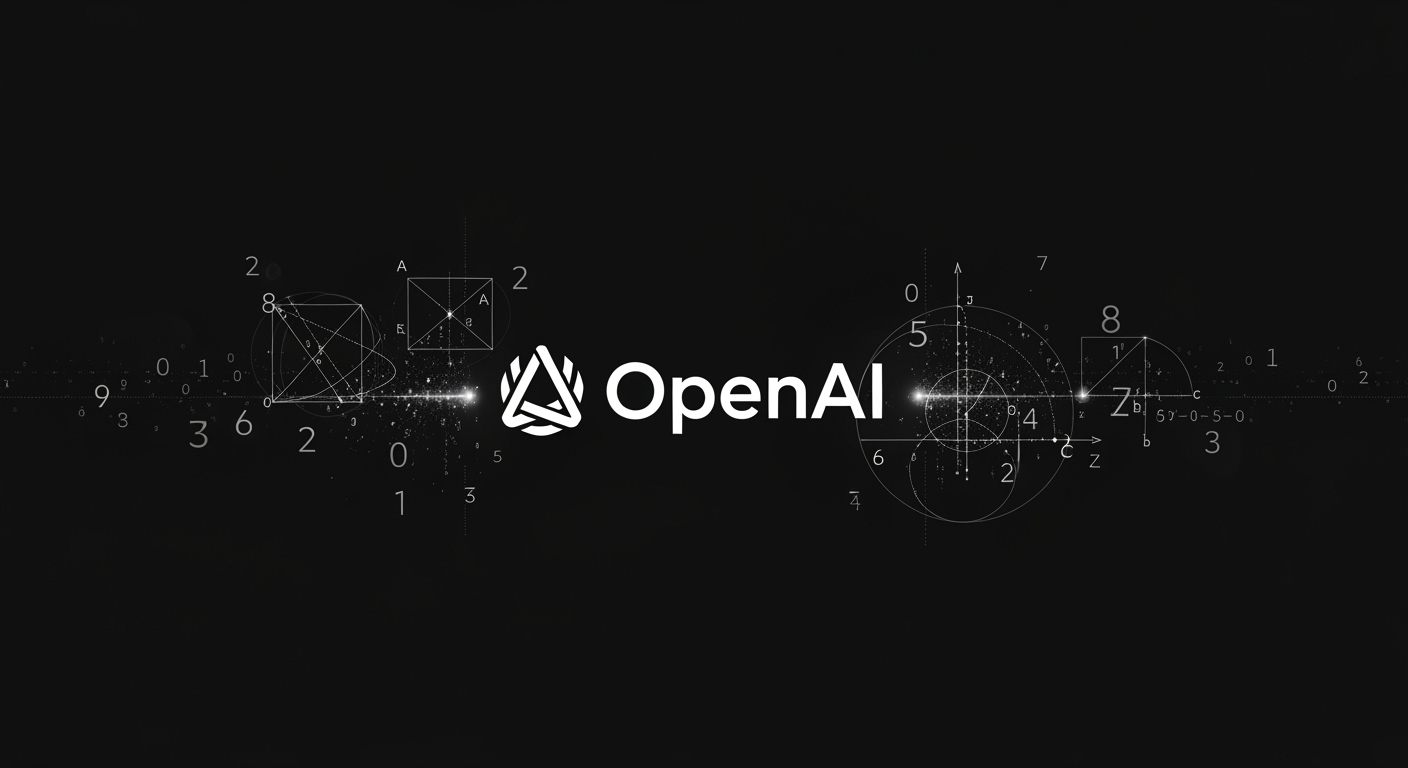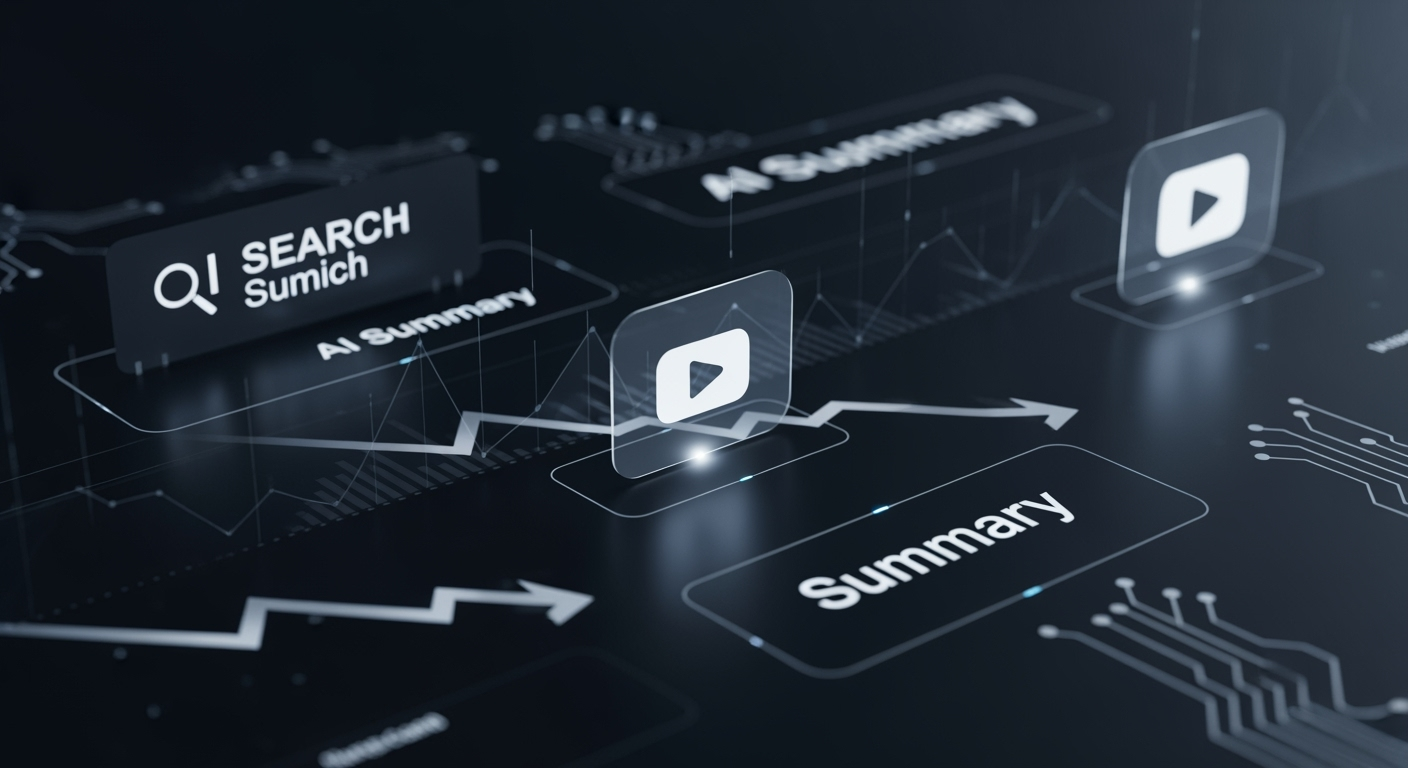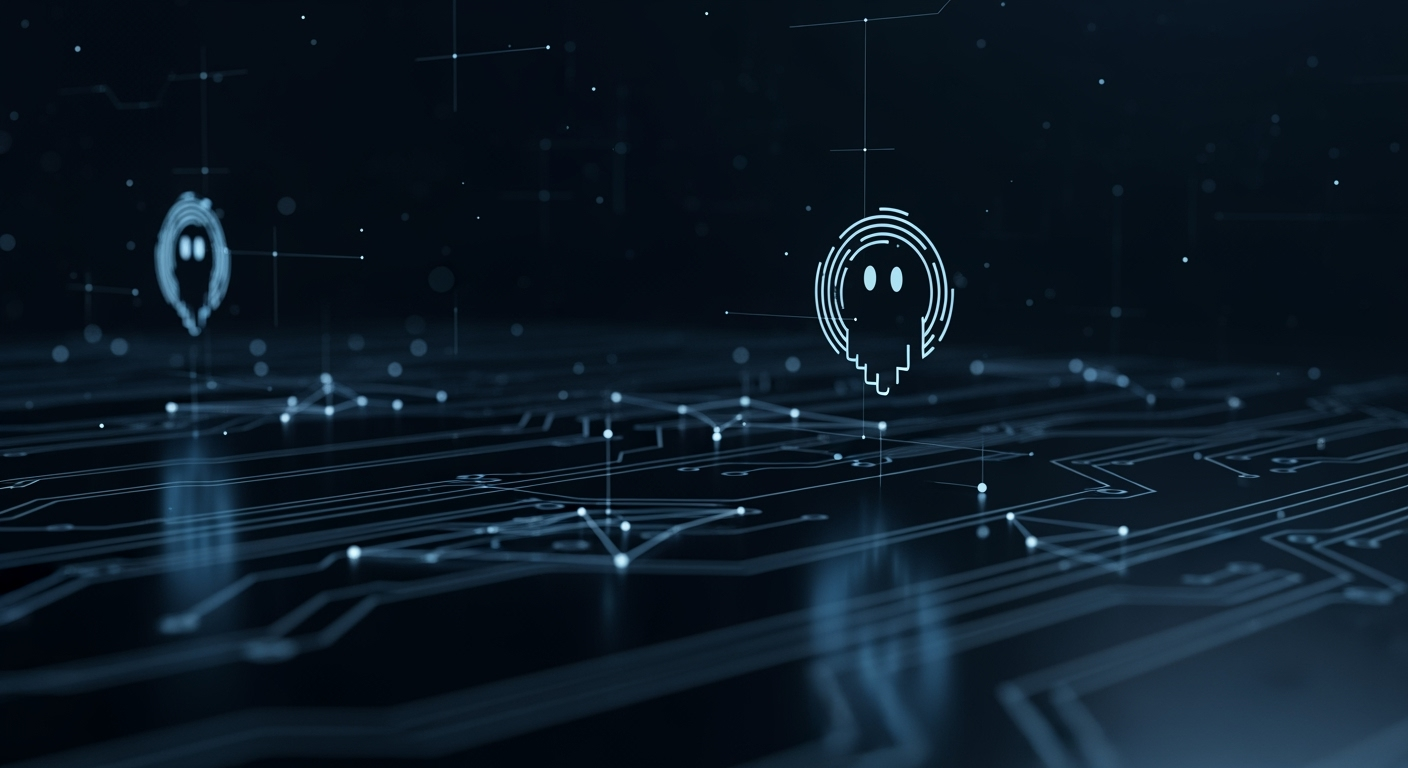OpenAI’s Ambitious Plan: Turning ChatGPT Into an AI Operating System

OpenAI’s Vision: ChatGPT as the Next-Generation Operating System
Since joining OpenAI in 2022, Nick Turley, Head of ChatGPT, has overseen the platform’s explosive growth, reaching 800 million weekly active users. Now, OpenAI is setting its sights on an even bigger transformation: evolving ChatGPT from a conversational AI into a full-fledged operating system, powered by third-party apps and integrations.
From AI Chatbot to Platform: A Paradigm Shift
Turley explains that the inspiration for ChatGPT’s evolution comes from the rise of web browsers. In the last decade, browsers have morphed into the primary workspace for many users, effectively becoming operating systems in their own right. Turley envisions ChatGPT becoming a similar hub, where users interact with a wide range of applications—everything from writing and coding to shopping and learning—directly through the AI interface.
Apps Inside ChatGPT: A New Ecosystem Emerges
OpenAI’s journey towards this vision isn’t entirely new. Previous attempts like ChatGPT plugins and the GPT Store laid the groundwork, but adoption was limited. Now, by embedding apps from companies like Expedia, DoorDash, and Uber directly into ChatGPT, OpenAI hopes to make AI-powered applications a seamless part of everyday interactions.
- Apps will be integrated into ChatGPT’s core experience, not hidden in a separate store.
- Developers can build more interactive, service-based experiences—not just chatbots.
- Businesses gain access to ChatGPT’s vast user base during the natural flow of conversation.
Opportunities for Businesses and Developers
This move opens significant business potential for both OpenAI and third-party developers:
- Companies can reach millions of users where they already spend their time.
- OpenAI can facilitate—and monetize—transactions within ChatGPT, capturing a share of the revenue.
- For developers, ChatGPT is becoming the next frontier for launching innovative AI-driven services.
Challenges and Questions Ahead
Building an operating system isn’t without its complications. Turley acknowledges the need for:
- Fair app promotion: OpenAI is considering how to prioritize apps, possibly allowing companies to pay for better placement, while ensuring user experience isn’t compromised.
- User data privacy: Developers must only collect the minimum data required. OpenAI is exploring features like partitioned memory, so users can control what data each app can access, similar to permissions in mobile operating systems.
Mission-Driven Growth: ChatGPT as a Delivery Vehicle for AGI
Turley emphasizes that ChatGPT is more than just a commercial product; it’s central to OpenAI’s mission of developing and distributing artificial general intelligence (AGI) for the benefit of humanity. The massive user base creates real impact, from helping an 89-year-old learn to code to supporting parents in modeling social interactions for their children. Turley describes ChatGPT as the "expression" of OpenAI’s nonprofit mission, not just a funding source.
What’s Next?
With ongoing work in hardware (in collaboration with Jony Ive and ex-Apple designers), a rumored AI browser, and the rapid rollout of apps, OpenAI is positioning ChatGPT at the heart of a new consumer AI ecosystem. As Turley puts it, "There’s a whole generation of apps that people are going to build that wouldn’t have been possible previously."
For business owners, developers, and tech leaders, this transformation signals a major shift in how users will interact with digital services—and where to reach them.






